Research
Search our website
Search our website by entering a keyword or choose a database above to search specifically.
Search
Showing search results 8,601 - 8,610
14,445 results found

Hair brush
This text can only be consulted in Dutch
<https://www.mot.be/resource/Tool/hair-brush?lang=nl>

Thatcher's hook
This text can only be consulted in Dutch
<https://www.mot.be/resource/Tool/halmenhaak?lang=nl>

Hand brush
This text can only be consulted in Dutch
<https://www.mot.be/resource/Tool/hand-brush?lang=nl>

Hairbrush cleaner
This text can only be consulted in Dutch
<https://www.mot.be/resource/Tool/hairbrush-cleaner?lang=nl>

Hand bellows
This text can only be consulted in Dutch
<https://www.mot.be/resource/Tool/hand-bellows?lang=nl>

Hammer-axe

Hand cultivator
Garden tool consisting of a usually 130-150 cm long (1) wooden handle with
three to five - but always in an odd number - curved iron teeth for opening
and turning the soil. The working part (approx. 10 to 25 cm wide) can be
fixed or exchangeable. In the latter case, you can choose the number of
teeth. The tips of the teeth are oval or triangular flattened. In contrast
to the garden hoe, with the hand cultivator the solid underlying soil, with
the sharp flat points and by its pulling movement, is slightly raised and
opened up. The middle tines of a hand cultivator are slightly shorter so
that the soil clod can be crumbled. To be distinguished from the grubber,
which is narrower and mainly serves to break the ground superficially. See
also the manual towed hand cultivator and hand wheel hoe. [MOT]

Halfmoon knife
The halfmoon knife is used by leatherworkers and in particular by the
saddler, to cut rigid leather to size. It has a semicircular blade (approx.
20 cm) and a straight handle attached exactly above the center of the
blade. With the medieval halfmoon knife, the handle is horizontal to the
top of the blade. You can make a long, beautiful cut with this knife, while
the hand exerts full pressure force. The angle of the halfmoon knife is
placed on the leather and according to the circumference of the knife, the
leather is cut through on the marked line. At the end point, the knife is
repositioned until the entire cut has been completed. Keeping the knife
horizontal, you cut into the thickness of the leather or bevel the edge.
[MOT]

Hand harrow
The hand harrow is a small harrow that is pulled by one worker to loosen,
crumble and flatten the top layer of digged or plowed soil. It is also used
to work fertilizers and seeds into the soil. The hand harrow consists of a
wooden or iron, usually triangular, frame in which wooden or iron round,
square or diamond-shaped teeth (approx. 12-16 cm) protrude at an angle.
Sometimes the distance between the teeth is adjustable (1). Depending on
the slope and the direction of pull, the tines penetrate 1 to 7 cm deep
into the soil. The pull rope is attached to one corner of the frame. It is
pulled by means of a cross stick or a shoulder strap (2). See also soil
rake, rotary tiller (hand) and hoe with rake. [MOT] (1) Eg. Manufrance:
697. (2) Eg. Manufrance: 697.

Hammer drill (mechanical)
This text can only be consulted in Dutch
<https://www.mot.be/resource/Tool/hammer-drill-mechanical?lang=nl>








